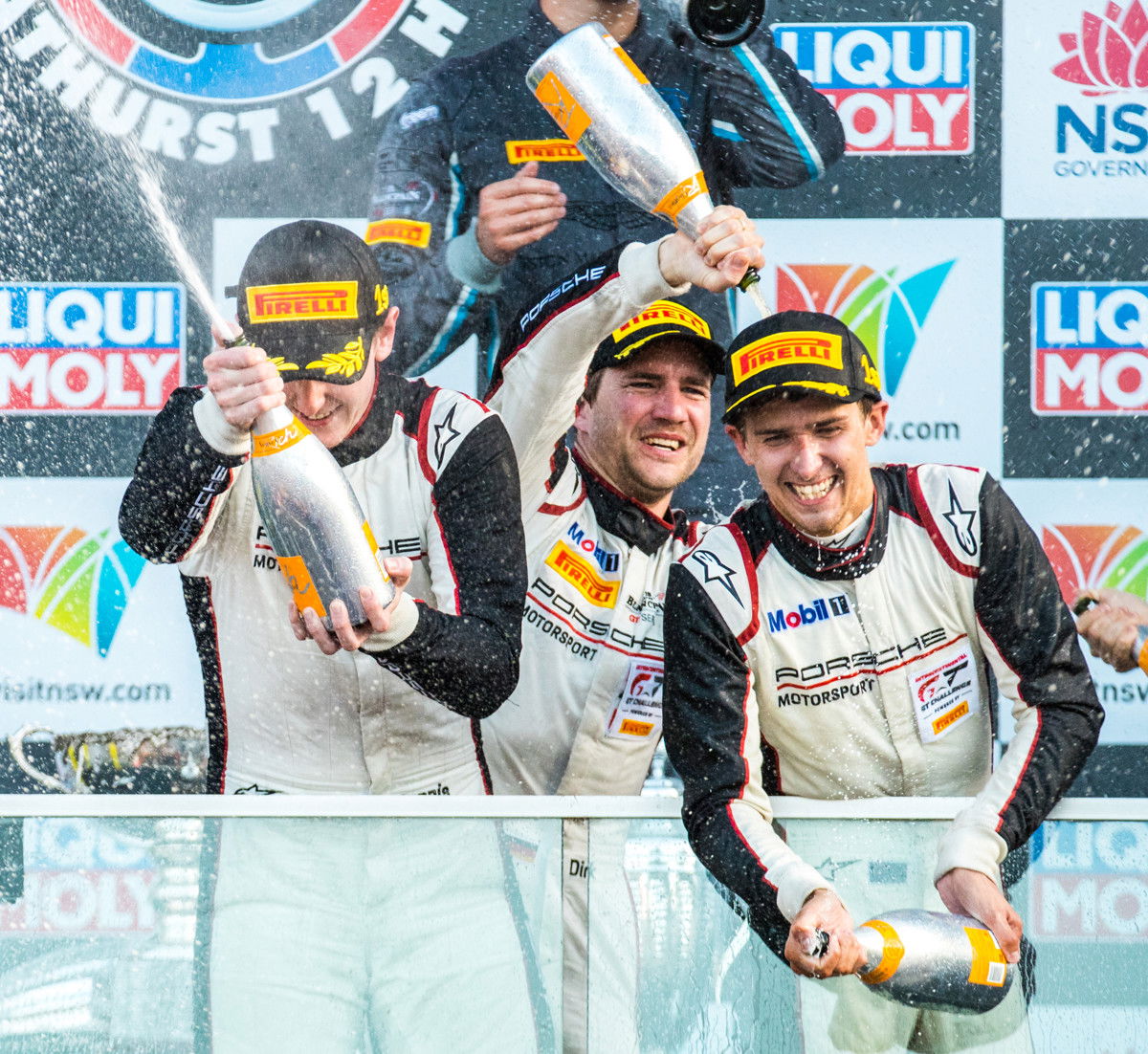
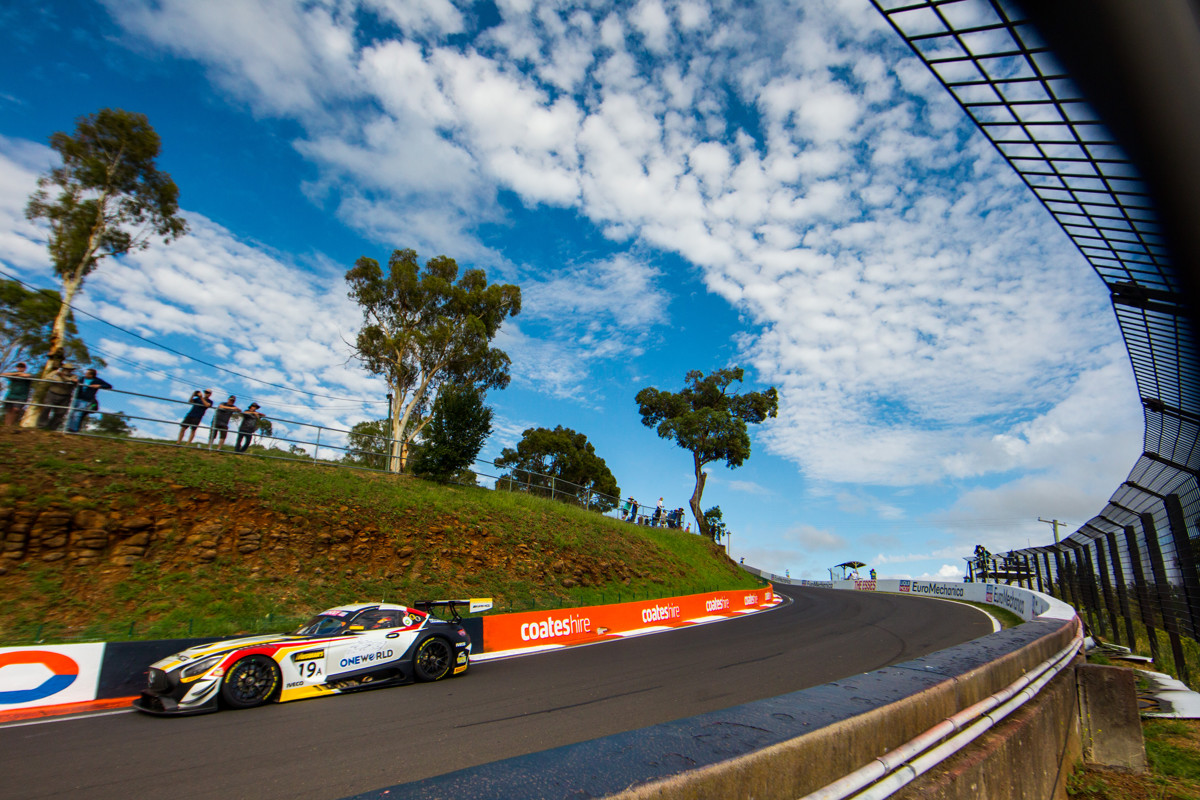
Dirk Klynsmith, Speedcafe.com’s award winning photographer, gives us an insight into working at the Liqui-Moly Bathurst 12 Hour.
The Bathurst 12 Hour is a long event, so it’s important to start your planning well in advance to organise what photographs you want prior to the race. That has to fit in with the race as well, because there are areas of the circuit that you’re not allowed to go to during the race, so you have to get those areas photographed on Friday morning. Then on Sunday you map out the day, determine where you want to shoot the start from and the logistics of whether or not you do anything on the grid before the race starts.
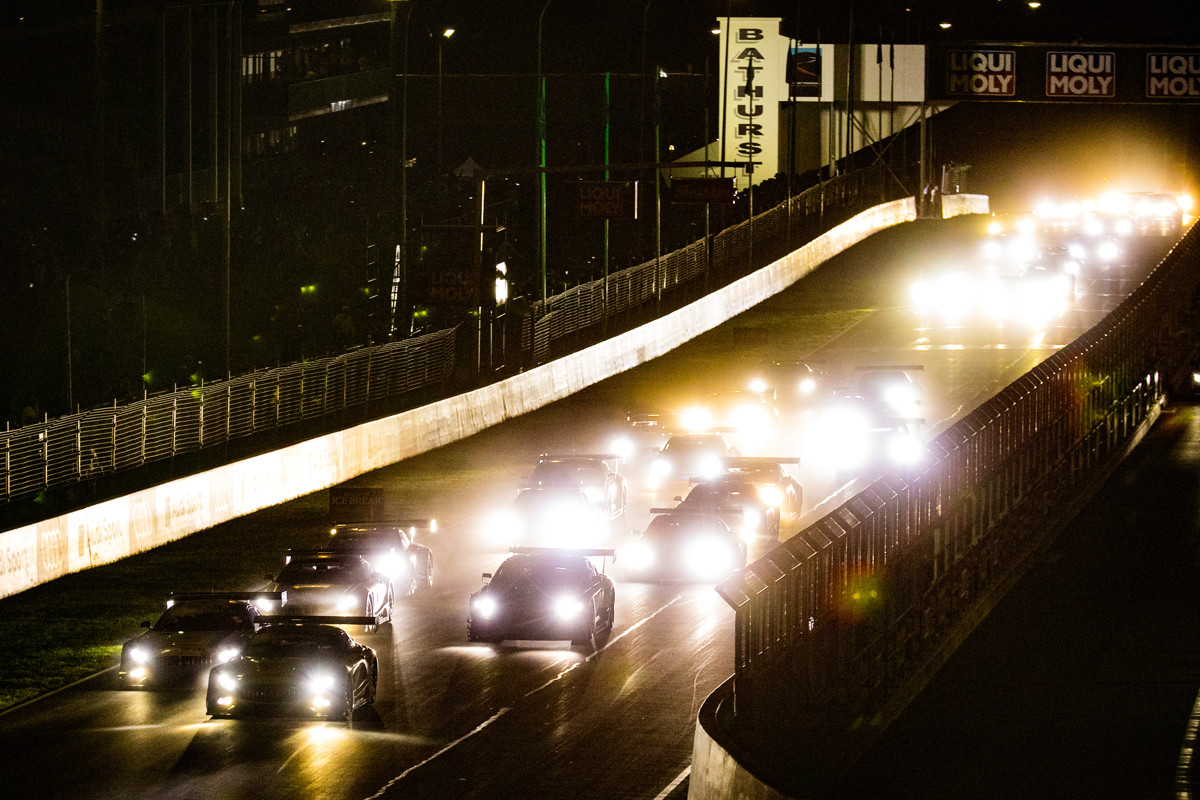
Because the race starts in the dark you need to have dark picture. You can’t have 12 Hour coverage if you don’t have any pictures in the dark, so you have to position yourself to get what you think will be the best pictures of the cars racing at night.
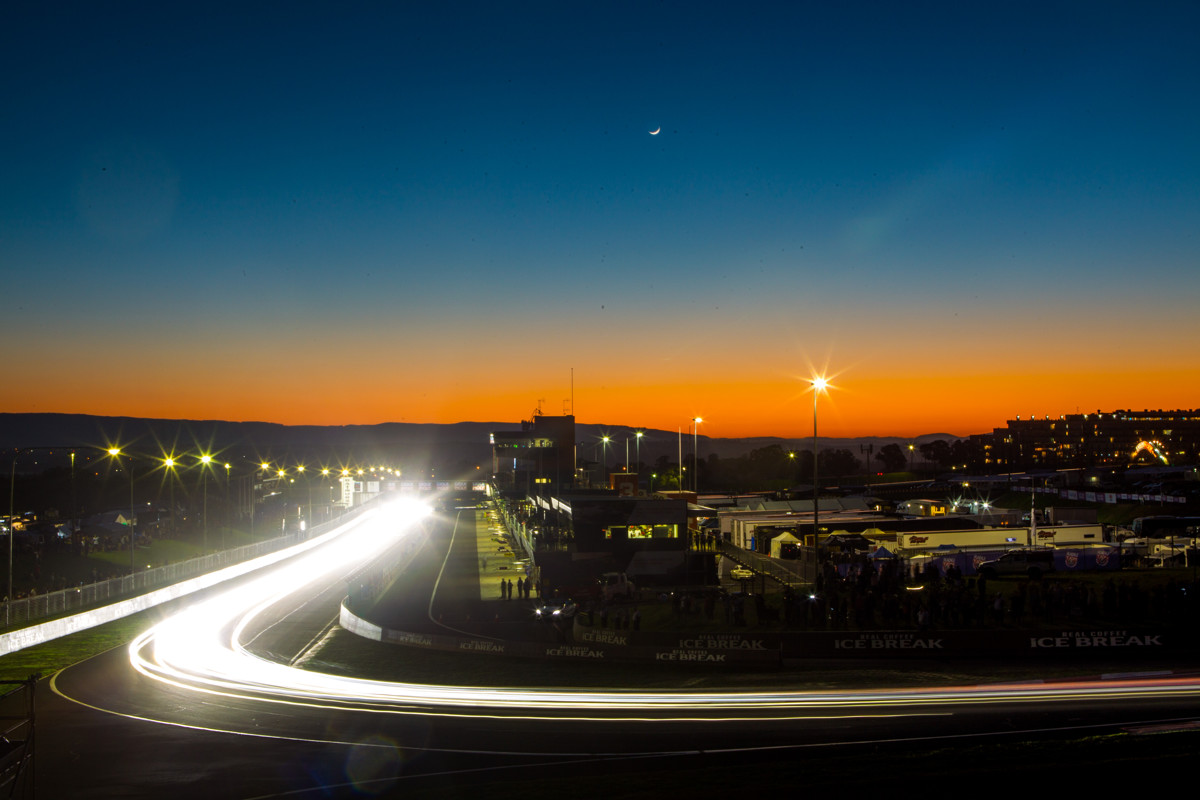
There’s a long exposure shot so the car headlights of taillights make a long streak, and this year I decided to go on a bridge so I could get a wide angled shot showing the Liqui-Moly bridge just beyond the start line. It shows the pit buildings, the hotel, and of course all the headlights.
Soon after that you get a very nice sunrise, so this year I stayed at the bridge for about five laps and got some pictures of the sky changing colour from dark blue, light blue, to a nice yellow. Then it was a mad dash up the hill to McPhillamy so I could get the cars going down through the Esses as the sun just popped over the horizon.
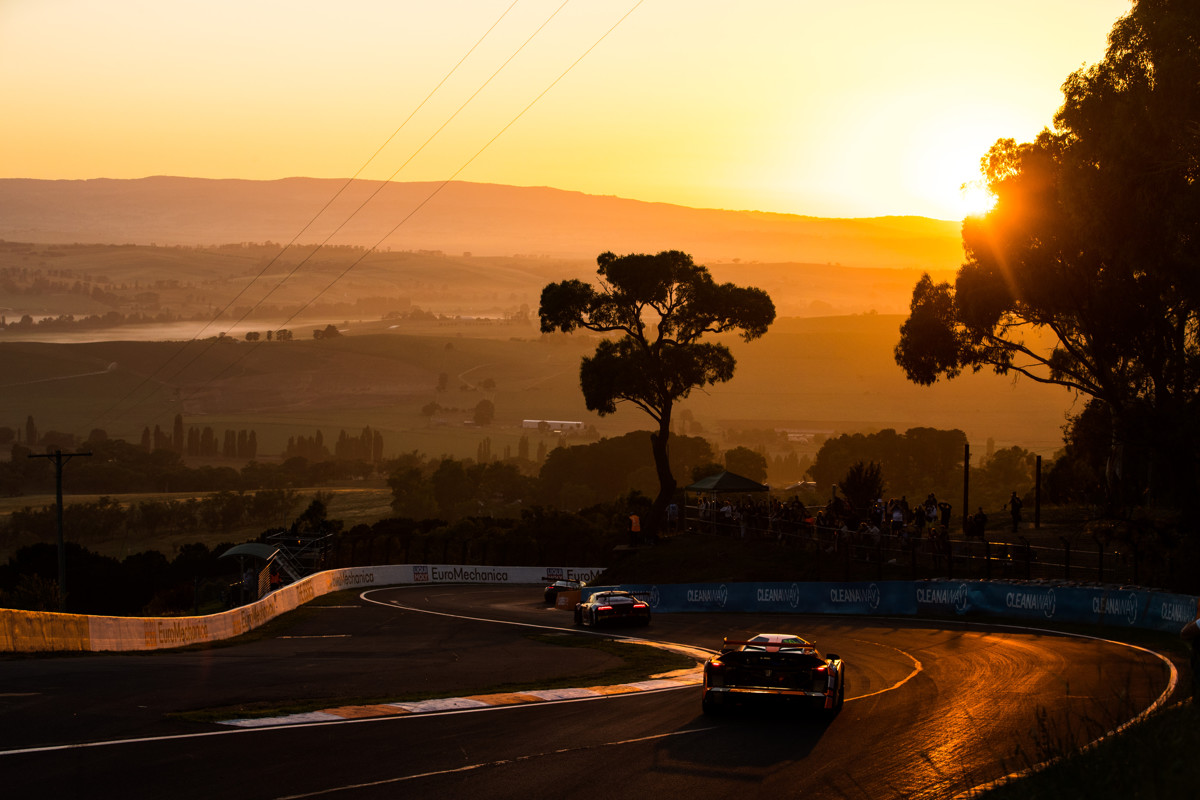
It’s funny, you always think you’ve got plenty of time, and always think ‘oh, I’ll just do this shot and then I can do that and I can take my time’. You can’t! You simply don’t have the time to take it easy because you’ll end up not getting the shots you wanted in the first two or three hours up on the hill. Speedcafe.com need updates and pictures fairly quickly, so I send images from the camera, and then get down to the media centre and download the images and make a quick selection and send a gallery so Speedcafe.com have got a selection of images.
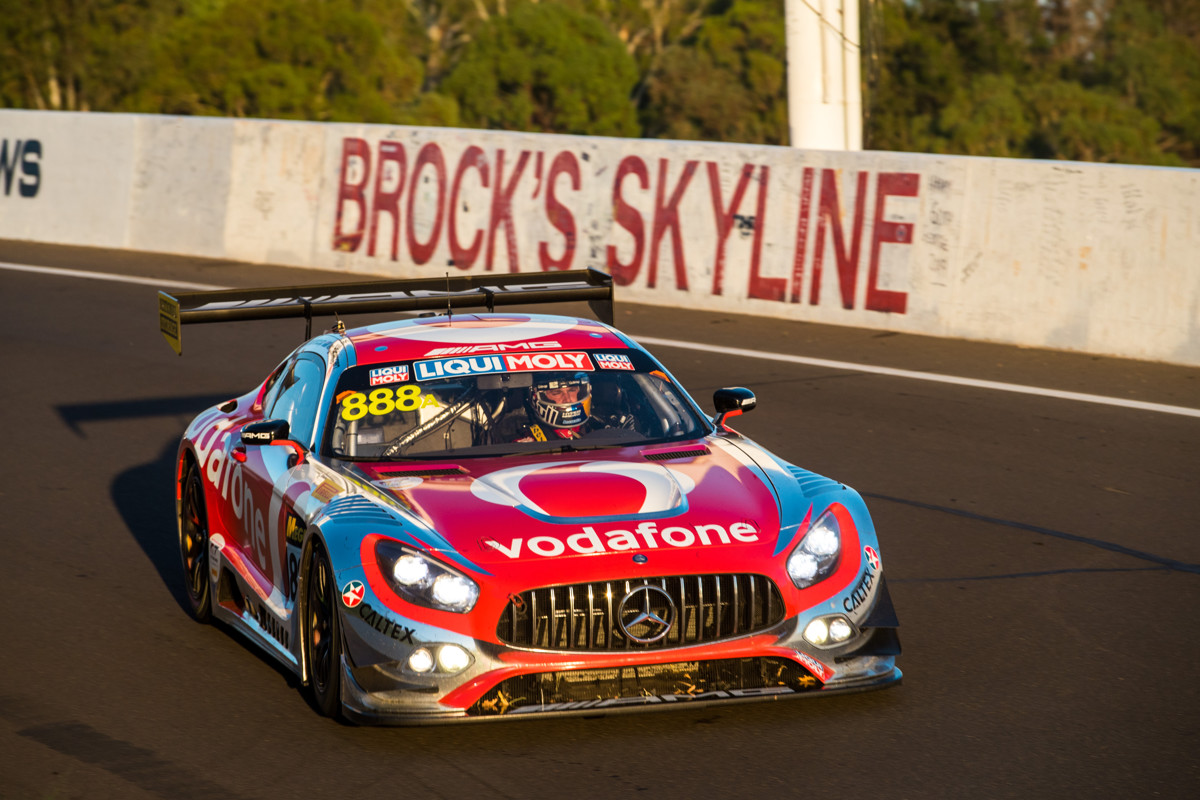
After that it’s into the pits, getting images of tired drivers and crew milling around and trying to to get the pit stops. It’s a couple of hours in there trying to get that, and then this year I went to the Chase for about an hour. Then it was back up to the top of the mountain to do Reid Park through to McPhillamy, and then back down, download more images and put up another gallery before getting ready for the finish.
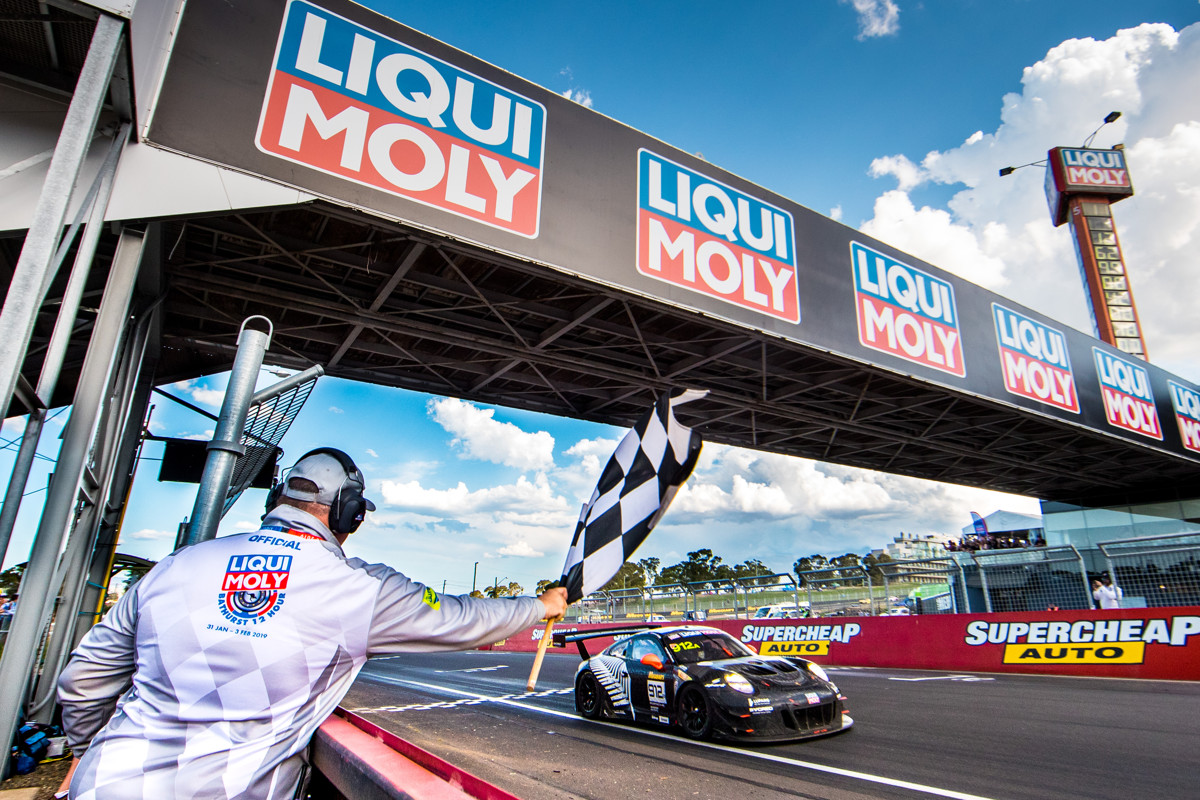
Being a 12 Hour race starting in the dark and all the changing angles of the sun you’ve got to be aware of what you’re trying to shoot and your camera’s capabilities. If you’re shooting in the day you’ve got one mindset, but we start in the dark, have incredible sunrises, beautiful warm light for an hour or so progressing to harsh midday light when the warmer, dramatic, afternoon light. So you try and get the early morning shots where the sun’s streaming into the cockpit with the driver’s helmet visible, so that’s a faster shutter speed and you need that. You need to think about where you want to be at midday when the sun is directly overhead because it’s a harsh light that’s not ideal for pictures – it tends to get glare on windscreens. Then you’ve got the late afternoon sun, so you have to position yourself for the race pictures where the sun’s coming over your shoulder as much as you get.
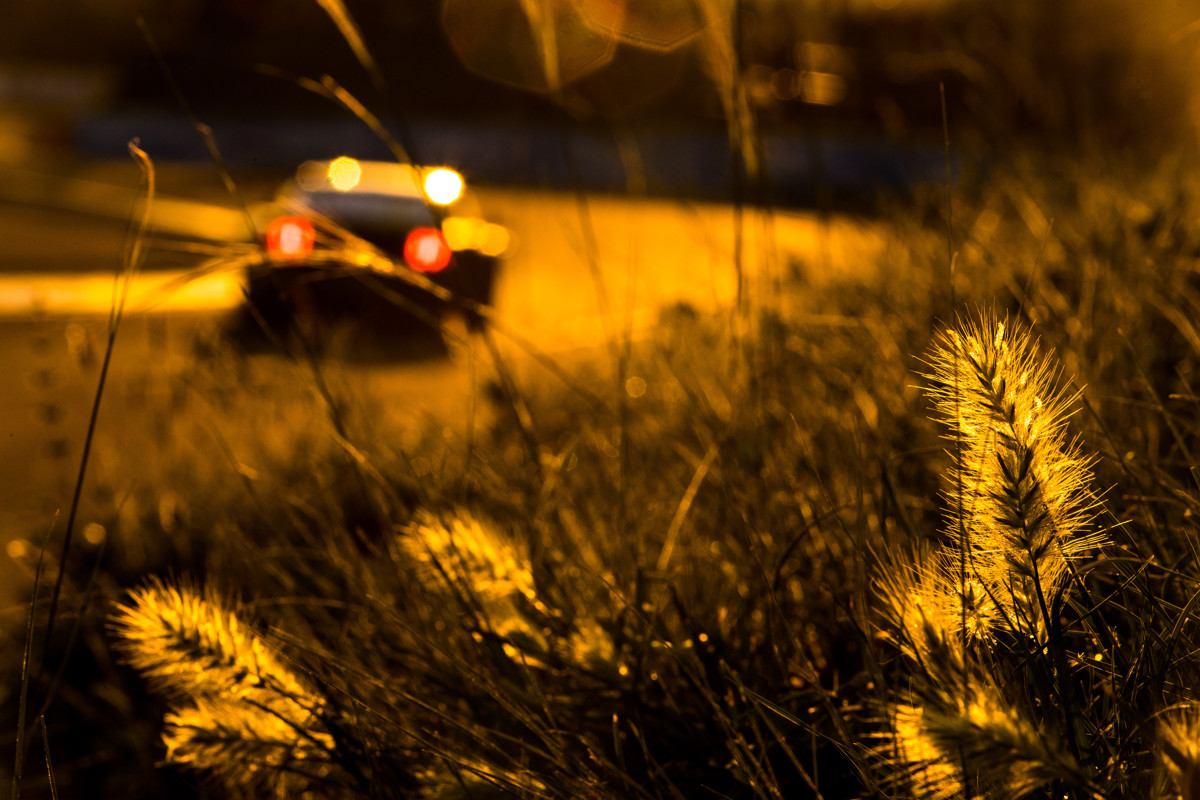
From this year’s race, my absolute favourite shot was when I was doing the sunrise of the cars going down the Esses. I noticed there was some native grass in flower, so I got down really low, focused on the grass and the you had this beautiful golden light and in the background was the curve of the Esses and a car. It just created this beautiful, golden picture and, personally, I think that’s the essence of the 12 Hour.
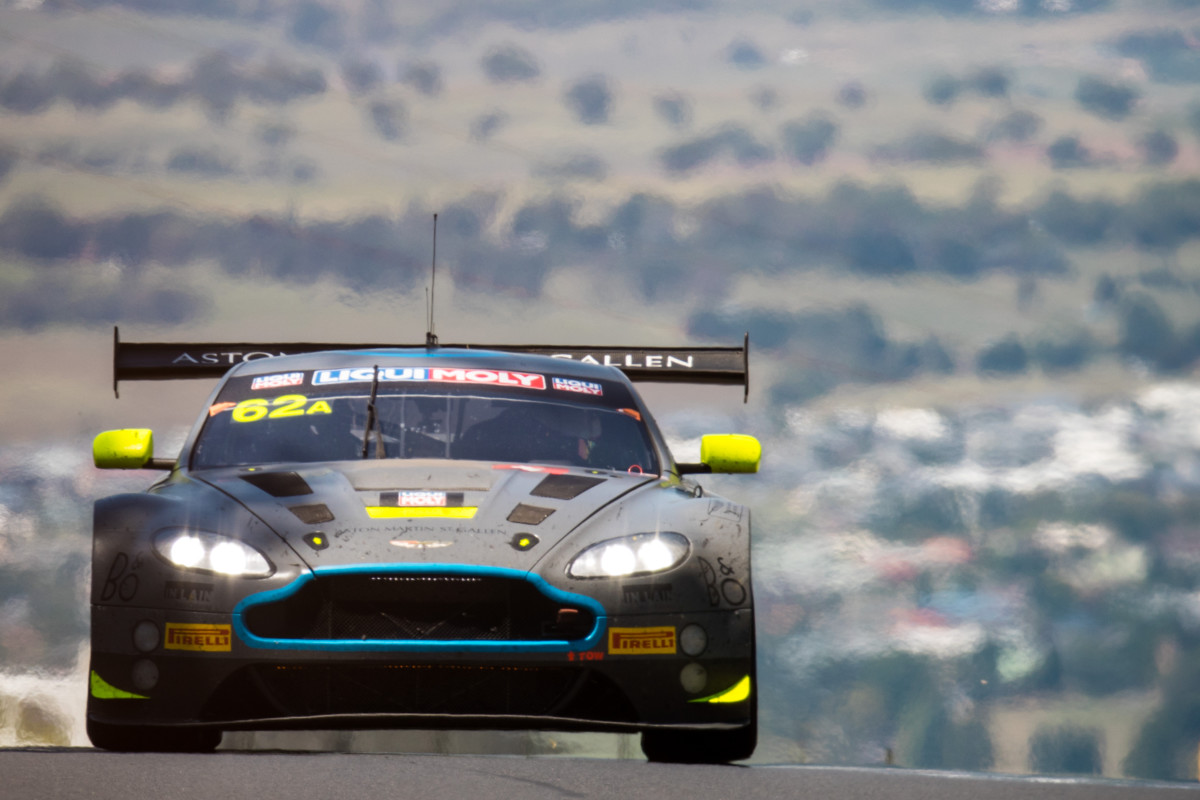
Because it was so hot it was gruelling, but a bit like a driver you have to concentrate the whole time. You have to be looking to see which cars are going slowly, to try and listen to the commentary so that you know if there’s an accident around the corner, so you know who is leading the race, if there’s a Safety Car.

You’re constantly thinking and keeping an eye out on other clients you may have in the race – if they’re still going around you have to make sure that you get different angles; good angles, not just an angle. It has to be something impressive, and of course at the end of the road you have to be in position to get a good chequered flag and podium shot, which are all important.
The Bathurst 12 Hour is a tough event, but an incredibly rewarding one. It’s not just about photographing the race, because that’s at the end of three days of practice that also need to be covered, it’s about covering the weekend and making sure you meet the needs of your clients. Luckily for us at Bathurst we’re spoiled for choice, and there are some fabulous angles to photograph, and that makes the long hours and hard work well worth it.

















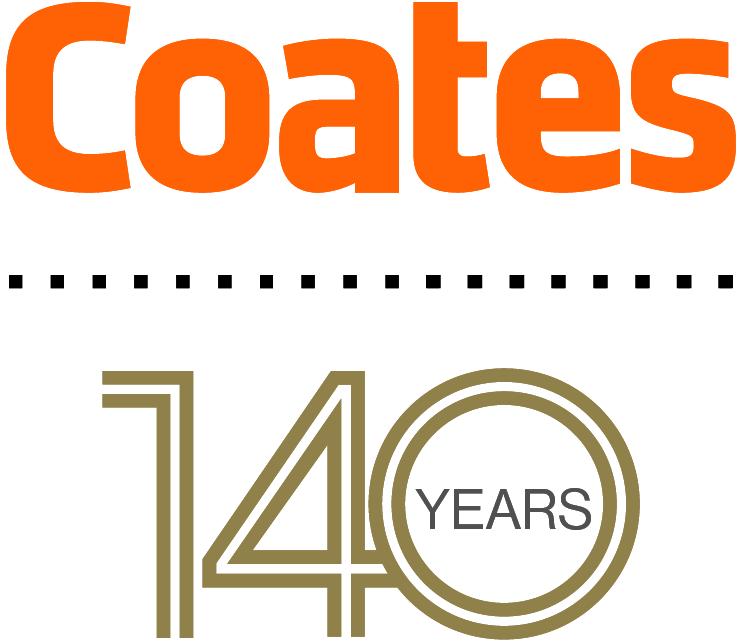



Discussion about this post